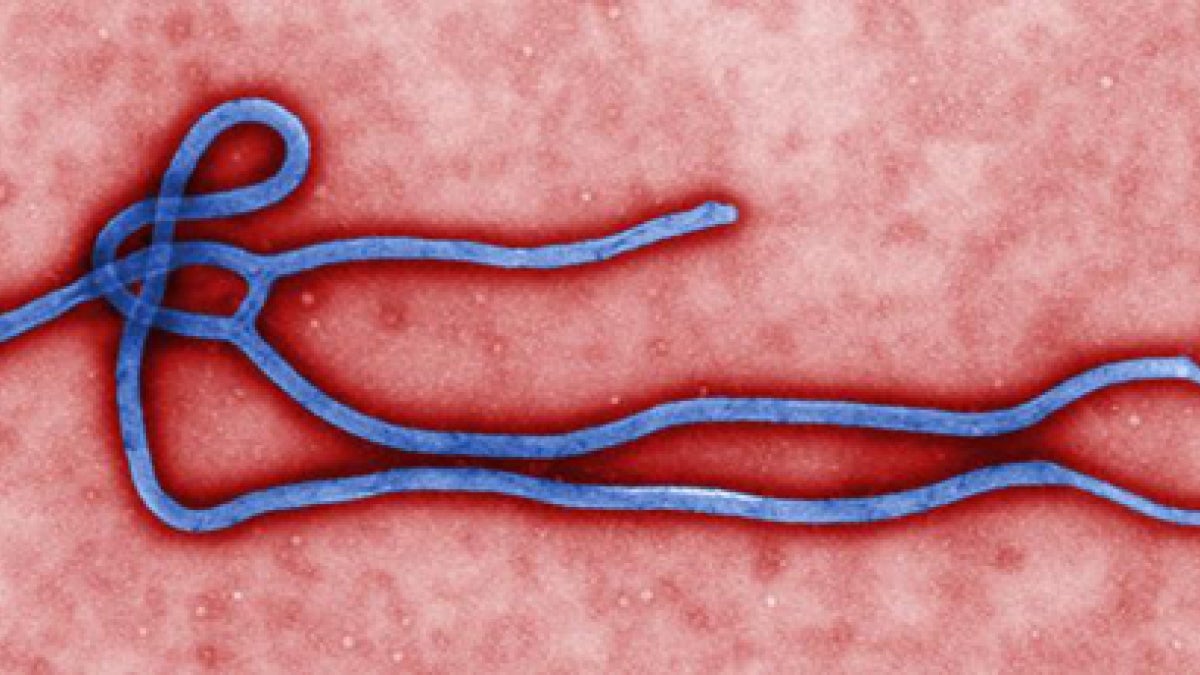Researchers link Ebola news coverage to public panic on social media

A team of researchers examined whether news reports about the Ebola virus were effective in creating public panic.
Using Twitter and Google search trend data in the wake of the very limited U.S. Ebola outbreak of October 2014, a team of researchers from Arizona State University, Purdue University and Oregon State University has found that news media is extraordinarily effective in creating public panic.
Because only five people were ultimately infected – yet Ebola dominated the U.S. media in the weeks after the first imported case – the researchers set out to determine mass media's impact on people's behavior on social media.
"Social-media data have been suggested as a way to track the spread of a disease in a population, but there is a problem that in an emerging outbreak people also use social media to express concern about the situation," explained study team leader Sherry Towers of ASU's Simon A. Levin Mathematical, Computational and Modeling Sciences Center. "It is hard to separate the two effects in a real outbreak situation."
In the case of the Ebola outbreak in the U.S., the team was confident that the Ebola-related social-media data were due only to public concern or interest in the outbreak, and thus it was an unprecedented opportunity to study how news media may sow panic in a population.
The team collected data on millions of U.S. Ebola-related Google searches and tweets in October, related to such phrases as "Ebola symptoms" and "Do I have Ebola?"
Mathematical epidemiologist Carlos Castillo-Chavez of the School of Human Evolution and Social Change in the College of Liberal Arts and Sciences said, "When we compared the temporal patterns in these data to the patterns in the number of Ebola-related news stories that ran on major news networks, we found that the peaks and valleys in both almost exactly matched. We were amazed at how incredibly similar the temporal patterns were."
The team fit a mathematical contagion model for the spread of disease to the data and was able to show that the trends in the news stories explained nearly all of the variation in the social media.
News videos were highly effective at inciting public concern. Each news clip inspired tens of thousands of Ebola-related tweets and Internet searches.
In addition, the analysis noted a "boredom" effect, where after a few weeks Ebola-related news stories became less and less able to inspire people to perform Ebola-related Google searches or tweets.
"Mass Media and the Contagion of Fear: The Case of Ebola in America," which describes the study and presents the team's findings, appears in the June 11 edition of PLoS One.
Towers is excited about the potential use for this study in future outbreak situations because it provides valuable insight into just how strongly news media can manipulate public emotions on a topic.
Towers and Castillo-Chavez have used modeling to study various aspects of pandemics and outbreaks, including both producing a modeling analysis of the spread of Ebola in West Africa, published last fall, and Castillo-Chavez taking a look at modeling the effect of early detection of Ebola earlier this year.
Sherry Towers, smtowers@asu.edu
Simon A. Levin Mathematical, Computational and Modeling Sciences Center
More Local, national and global affairs
ASU named Fulbright HSI Leader for third year
For the third year in a row, Arizona State University has been named as a Fulbright HSI (Hispanic-Serving Institution) Leader.The…

ASU program prepares Tucson government employees to serve communities more effectively
Up-and-coming local government leaders in Tucson say an Arizona State University development program for municipal and county…

ASU selected to support DOD Irregular Warfare Center
Arizona State University has been selected to work closely with the U.S. Department of Defense to provide reputable academic…